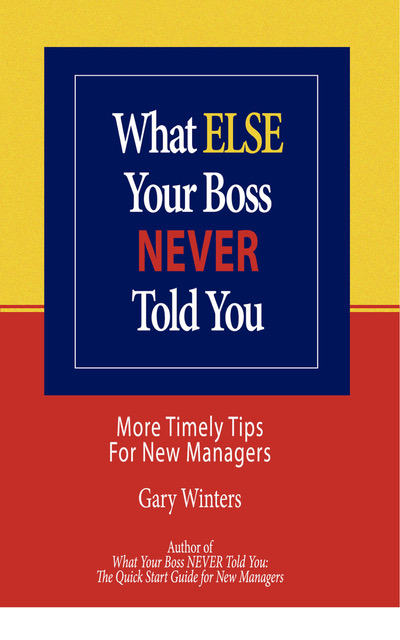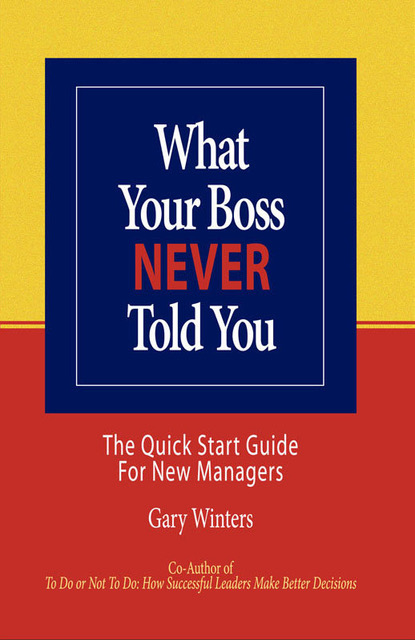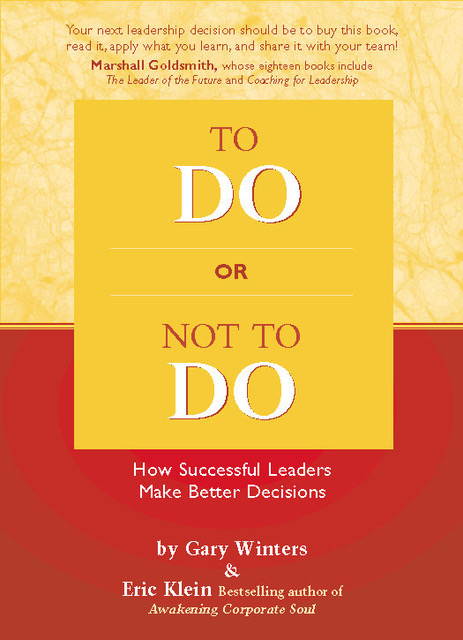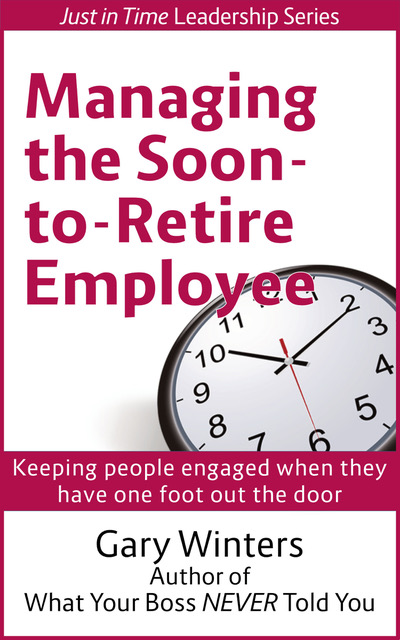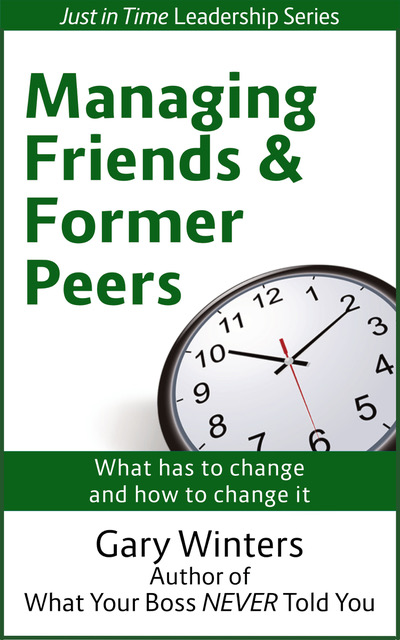Jim thought of himself as a pretty good leader with the bad luck of inheriting a poorly performing team ten months ago. He couldn’t understand why there was a gap between how he saw himself and the performance of the team. I suggested to Jim that he turn his focus for a few moments from his team’s disappointing performance to his own leadership practice to shed some light on the matter. The simple technique I proposed is unscientific and completely subjective, but it is sobering. If you’d like to know how effective you are as a leader, you might try it too.
Step One
Take a sheet of paper and list of all the members of your team in a column. Then choose three areas of team performance to evaluate that you feel are important, such as productivity, attitude, commitment, judgment, grace under pressure, and on. For each dimension make another column on the paper. Jim chose to look at morale, team spirit, and attention to detail.
Step Two
The next step is to rate each of your team on each of the areas of focus, using a scale of 1 to 10 (10 being excellent). Don’t worry about reasons or proof – you aren’t going to share your results with anyone.
Step Three
Add up all three columns, and then add the three sums to produce a single number. Divide by the number of people you rated.
That final number represents YOUR effectiveness as a leader.
When Jim added up the columns, and the sum of those columns, and divided by seven (the number of his employees). The result was 6.32. That’s Jim’s “grade” as a leader on these three dimensions.
Why?
You can’t be an 8 or 9 with a team of 4s and 5s if they’ve been part of your team for six months or more. The team is a direct reflection of its leader. While you may inherit a group of sub-par performers (or superstars), over a short period of time their performance is a direct measure of your performance. If there are shortfalls, look first to your own leadership behavior to gain insight into how to improve the score.
I told you it was sobering!

